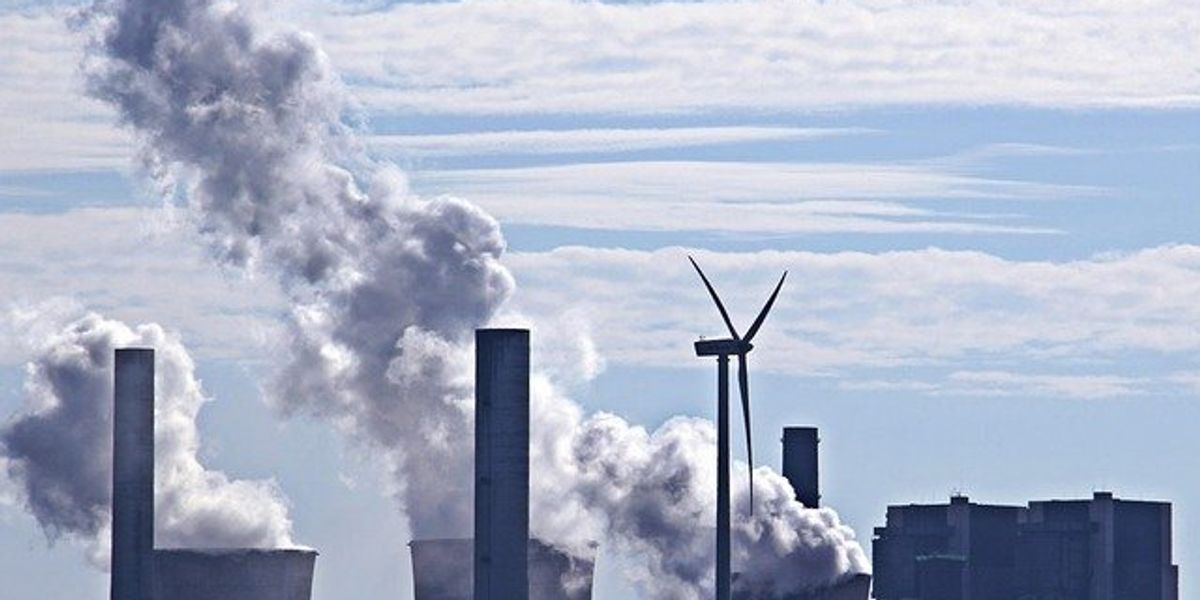carbon sink
Planted mangroves capture significant carbon, study shows
A new study finds that planted mangroves can store up to 73 percent of the carbon that naturally occurring mangroves hold, based on 40 years of data.
In short:
- Planted mangroves, in 20 years, can accumulate about 73 percent of the carbon stocks of natural mangroves.
- The study analyzed 684 sites globally, offering a comprehensive look at the carbon storage potential of restored mangroves.
- Mangrove restoration is essential but must be done correctly to be effective in carbon sequestration.
Key quote:
“If it’s successful, then yes, you can get 75 percent of the carbon stocks of a natural forest. If you do it unsuccessfully, you get zero.”
— Daniel Friess, coastal scientist at Tulane University
Why this matters:
Planted mangroves could be a vital tool in combating climate change by storing significant amounts of carbon. However, restoration projects must be carefully managed to achieve their potential benefits.
Australia’s emissions fell 0.4% in 2022 despite increases in transport and agriculture pollution
Inventory shows Australia has burned through 27% of its emissions budget under the Paris climate accord in 25% of the allotted time.
The spaceport at the edge of the world
Indigenous lands among the amazon's last carbon sinks
Parts of the Amazon managed by Indigenous people removed more carbon dioxide from the atmosphere than they released, while areas not managed by Indigenous people saw widespread deforestation, producing more carbon dioxide than they removed, a report finds.
In a new book, Annie Proulx shows us how to fall in love with wetlands
These vital carbon sinks and havens for biodiversity, rarely encountered, are disappearing three times faster than forests.
First-of-its-kind freshwater mangroves discovered in Brazil’s Amazon Delta
Researchers on an expedition in the Amazon River Delta have found mangroves growing in freshwater — a phenomenon never before documented in deltas or coastal mangroves anywhere else in the world.



















